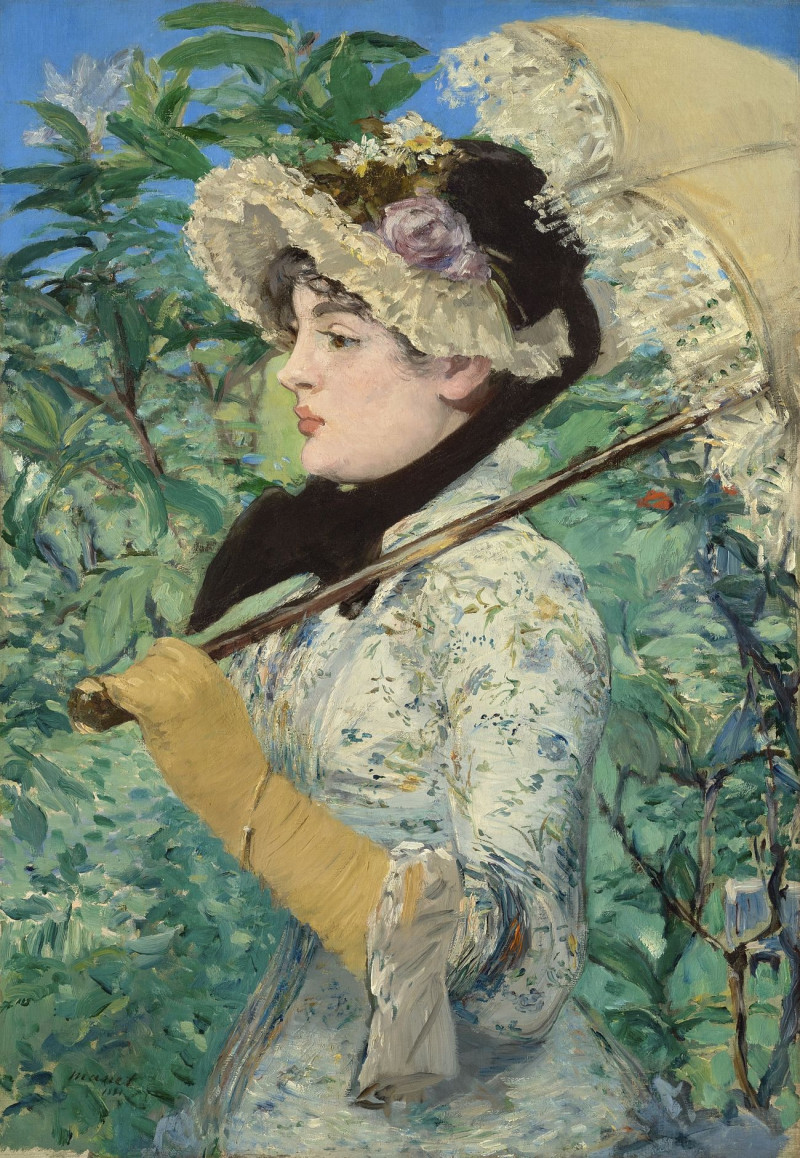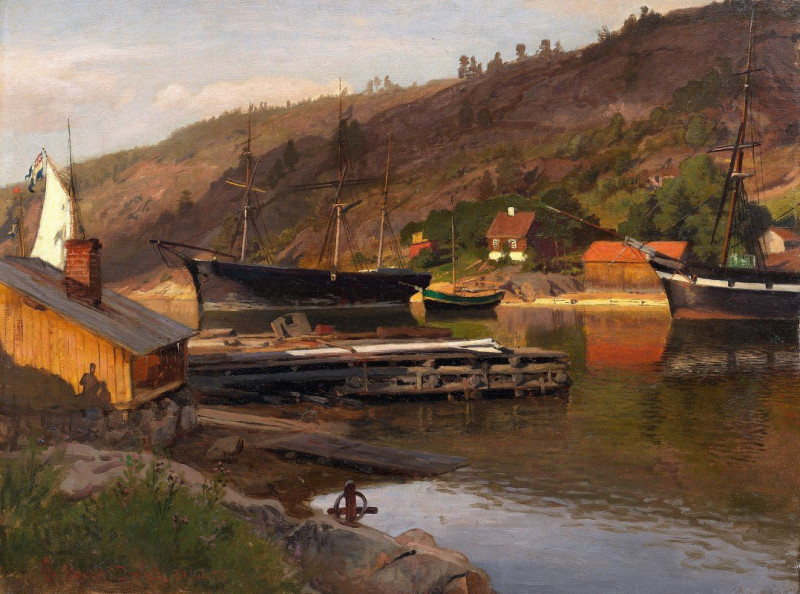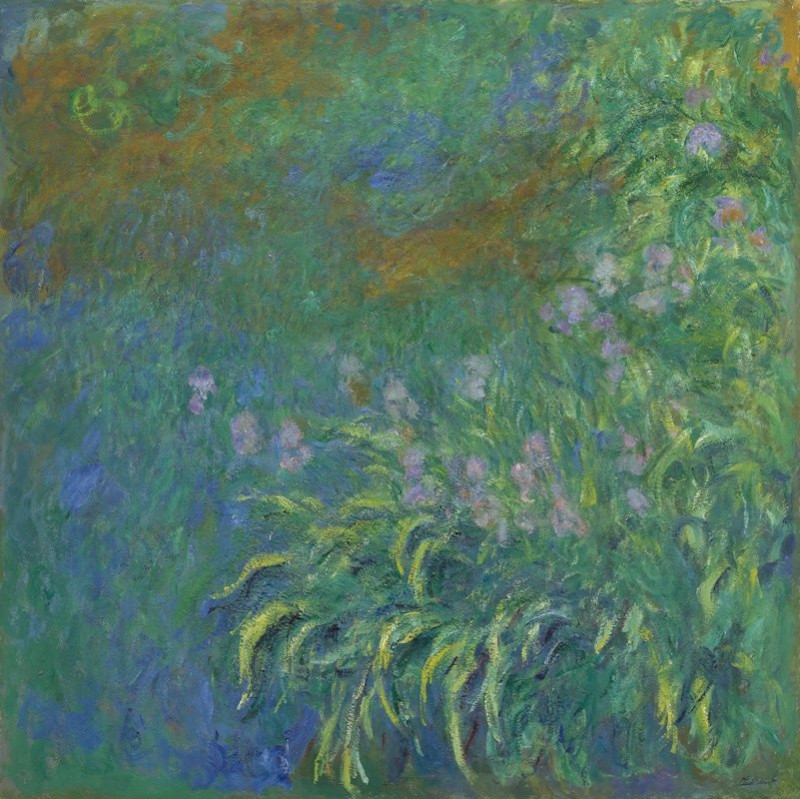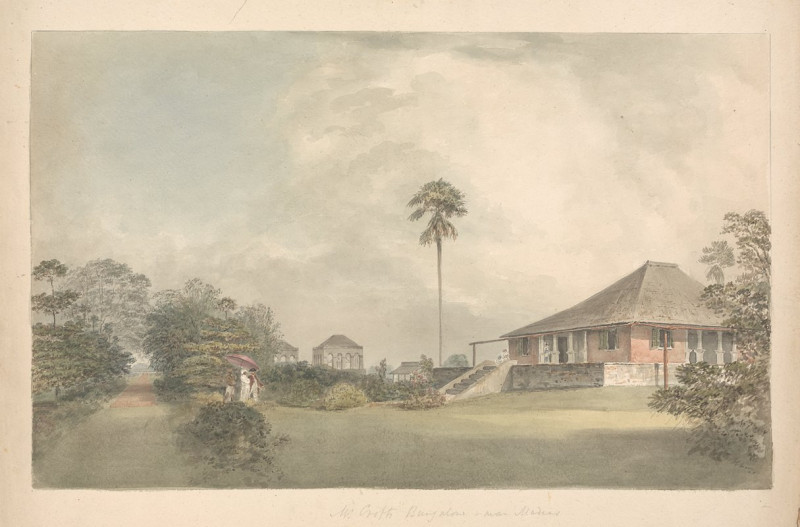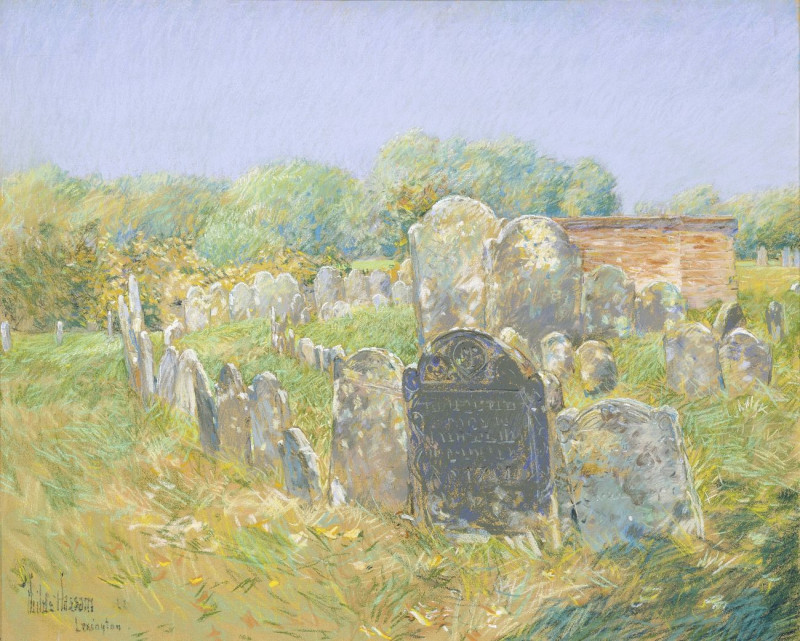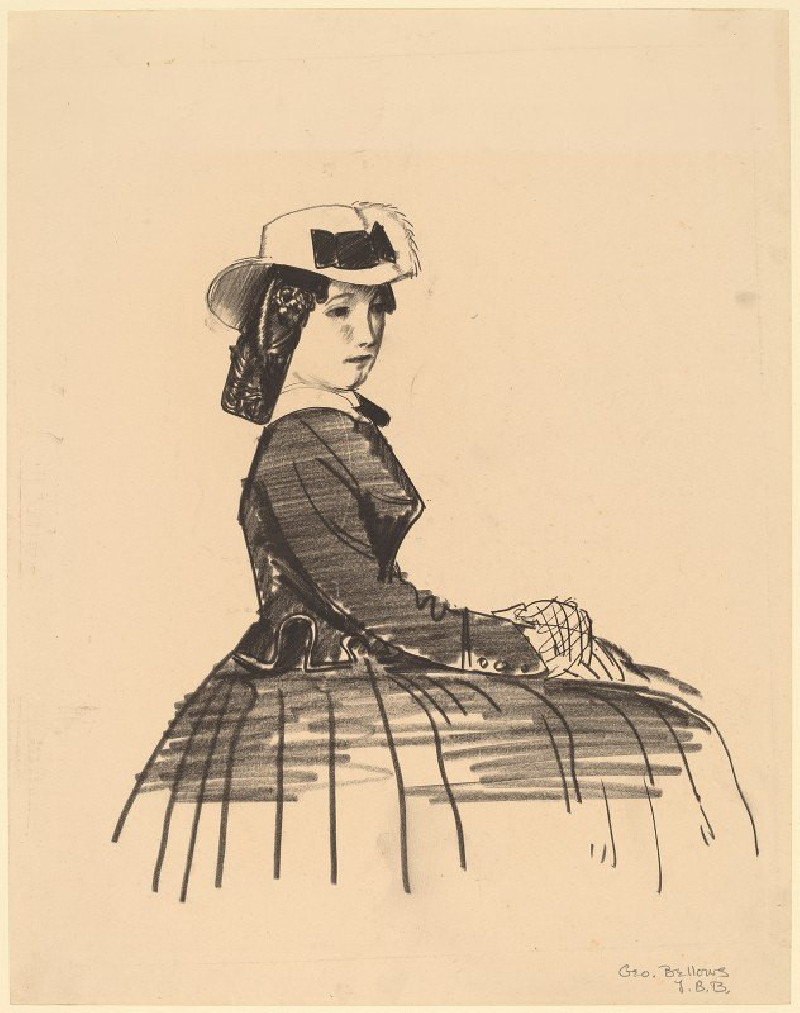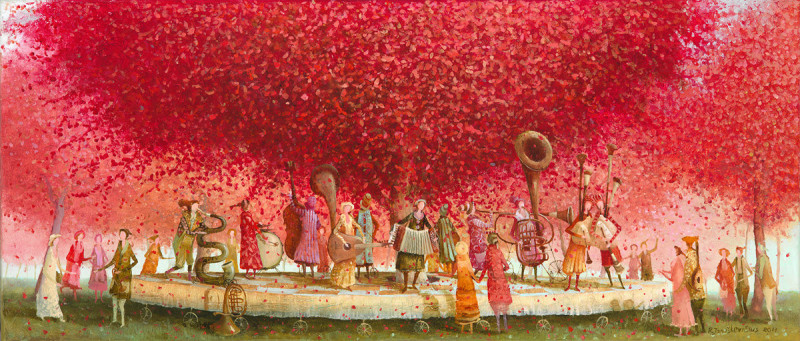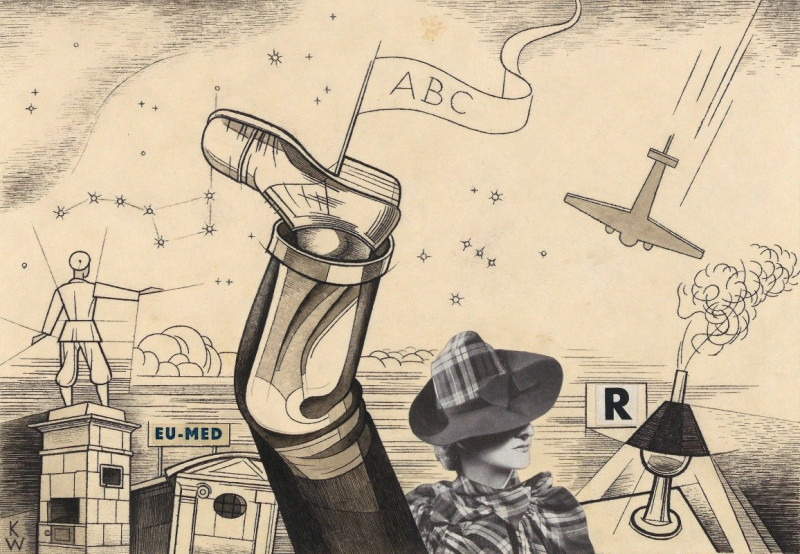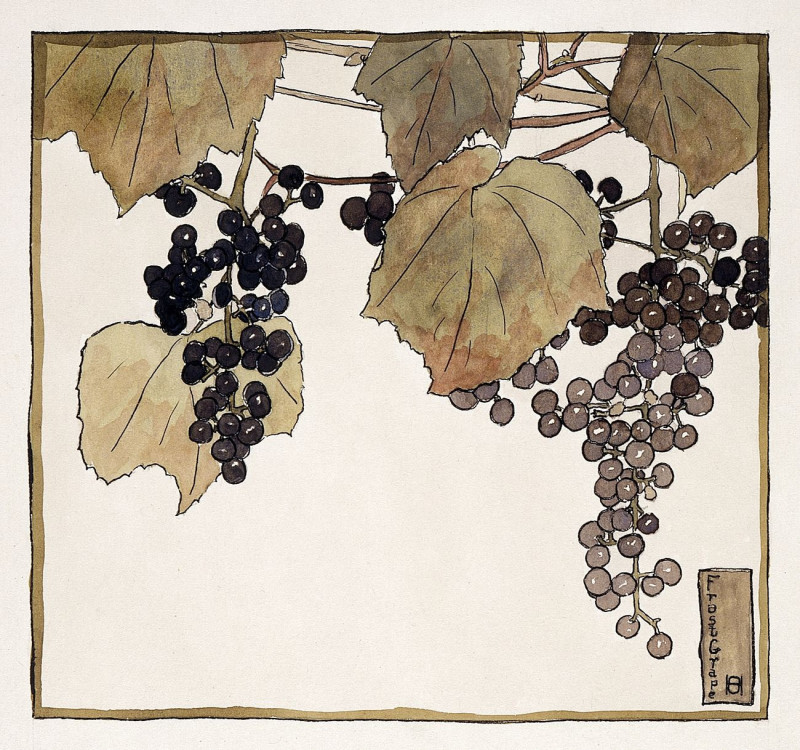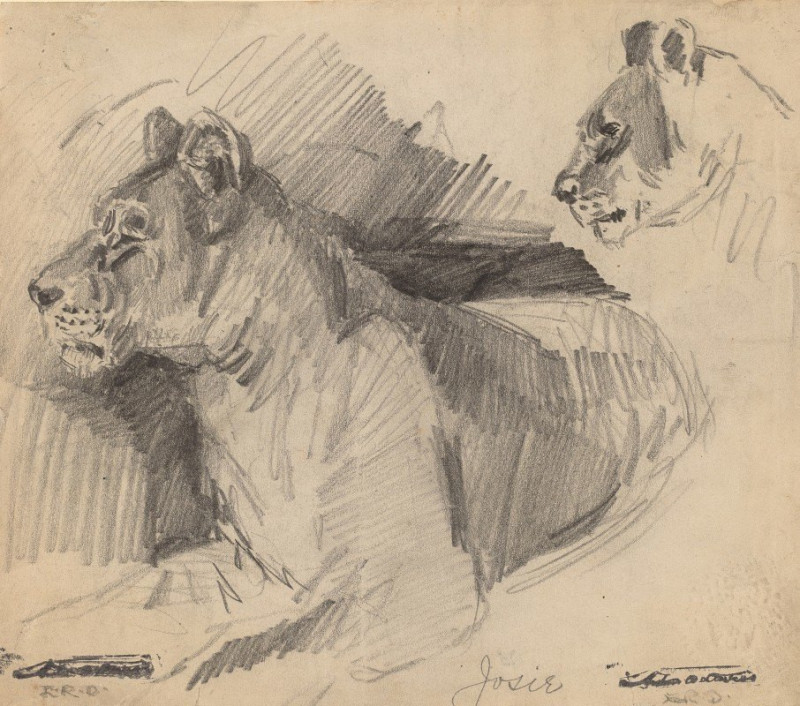Bild nach sowjetischem Film
Technique: Giclée quality print
Recommended by our customers
More about this artwork
Karl Wiener's evocative charcoal drawing, "Bild nach sowjetischem Film" (Picture after a Soviet Film), taps into a primal and intense emotional spectrum. This striking piece portrays a man's face up-close, his features exaggerated and imbued with a raw, almost savage energy. The subject’s eyes are wide and wild, his mouth agape in what could be a scream of fear, anger, or astonishment. The deep, dark tones of the charcoal add a textural depth to the work, emphasizing the dramatic expression and making the image almost palpable in its intensity.Wiener's choice of a close-up on the face, framed by a shadowy, undefined background, directs the viewer’s attention entirely on the emotional state of the character. The lack of context about the exact nature of the film or the scene being depicted invites viewers to fill the void with their own interpretations, prompting a personal engagement with the artwork.This powerful drawing not only showcases Wiener's mastery of charcoal to convey intense human emotions but also reflects the universal capacity of art to communicate across cultural and linguistic barriers.






































